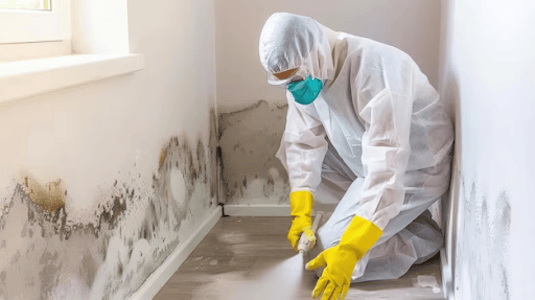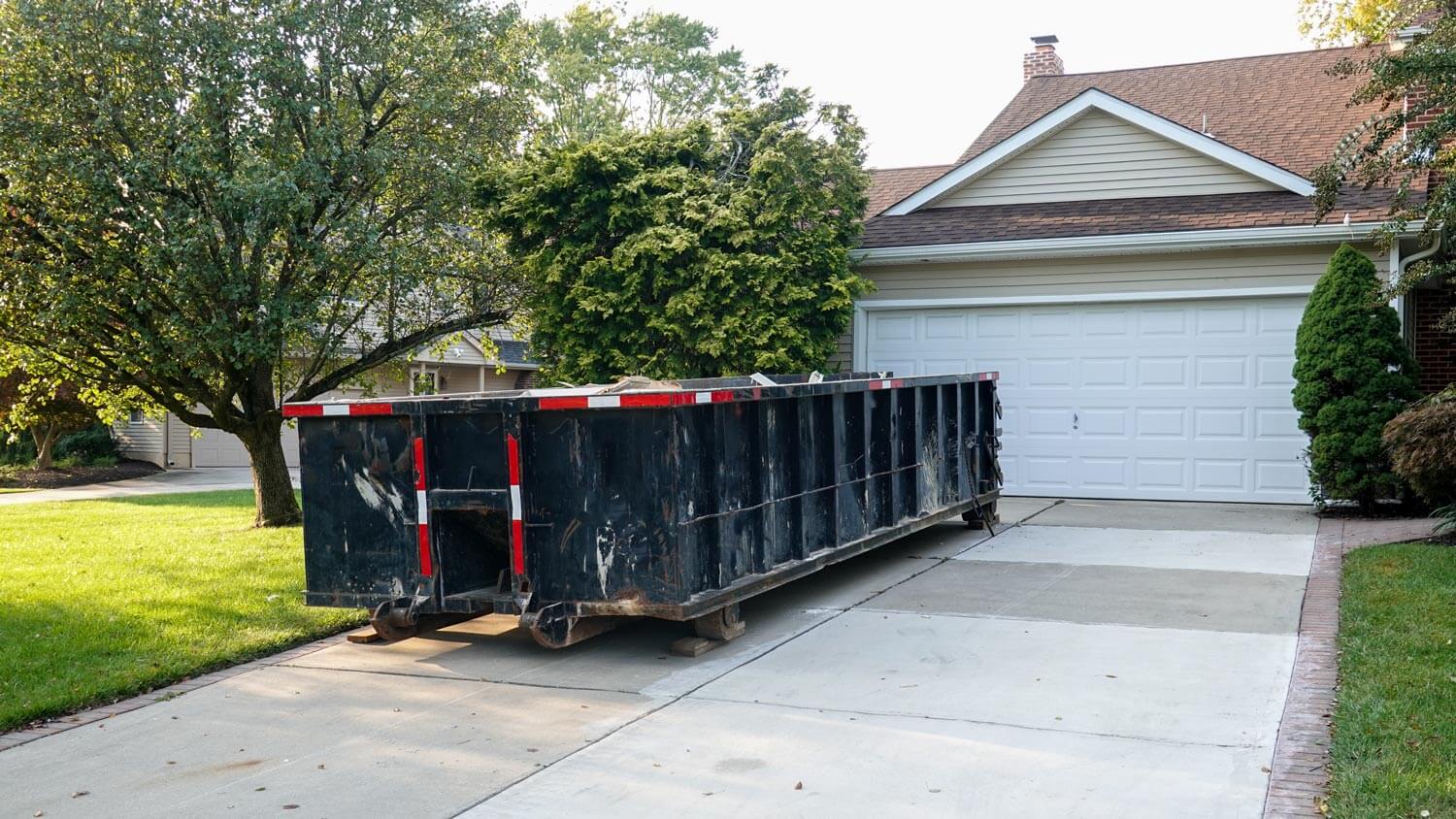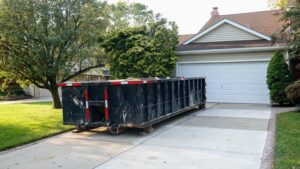Signs Your Gutters Need Immediate Attention: Don’t Wait Until It’s Too Late
When was the last time you looked up at your gutters? If you’re like most homeowners, it’s probably been a while. Gutters play a crucial role in protecting your home from water damage, but they’re often overlooked—until something goes wrong.
At Cornerstone Roofing, we know how critical it is to stay ahead of gutter problems before they turn into expensive repairs. Whether you’re a homeowner noticing strange drips or you’re unsure what signs to watch for, this guide is here to help.
Let’s walk you through the major signs that your gutters need immediate attention and what you can do about them.
1. Water Spilling Over the Sides
If water is pouring over the sides of your gutters like a mini waterfall, that’s a red flag. Gutters are designed to channel rainwater away from your home—not down the side of it.
What It Means:
- Your gutters are probably clogged with leaves, twigs, or debris.
- Water can’t flow properly, so it finds the next easiest route—right over the edge.
Why It’s a Problem:
- Overflowing water can damage your siding, landscaping, and foundation.
- It can also lead to mold growth on the exterior walls.
If this is happening, you need to act fast. A cleaning might be all that’s needed, but if it keeps happening, it might be time for a replacement—something Cornerstone Roofing can help assess and fix.
2. Sagging or Pulling Gutters
Take a walk around your home and look closely at the edges of your roof. Are the gutters sagging or pulling away?
What It Means:
- Gutters filled with too much water or debris can become too heavy and start to pull away.
- Sometimes, the fasteners and brackets loosen due to rust, wear, or poor installation.
Why It’s a Problem:
- Sagging gutters don’t drain water properly.
- The longer this goes on, the more likely you’ll see roof damage, rot, and potential leaks.
Cornerstone Roofing often helps homeowners re-secure their gutters or replace sections that are beyond repair. Don’t ignore this—it gets worse quickly.
3. Peeling Paint or Rust Spots
If you notice peeling paint or rust on or near your gutters, that’s another clear indicator that something’s not right.
What It Means:
- Standing water inside the gutters may be causing corrosion or paint breakdown.
- This usually results from poor drainage or hidden leaks.
Why It’s a Problem:
- Rust weakens the metal and shortens the lifespan of your gutter system.
- Peeling paint isn’t just an eyesore—it can also mean there’s hidden water damage behind it.
Keep in mind: high-quality gutters should resist rust. So if you’re seeing these signs, it might be time to upgrade—and that’s where Cornerstone Roofing comes in.
4. Pools of Water Near the Foundation
Ever walked around your home after it rained and noticed puddles near your foundation? That’s not just a landscaping issue—it could be your gutters.
What It Means:
- Gutters or downspouts are not directing water far enough away from your home.
Why It’s a Problem:
- Water around your foundation can lead to cracks, shifting, or basement leaks.
- In colder climates, it can freeze and cause even more damage.
A simple fix could involve extending your downspouts, but if water keeps pooling, your gutters may be improperly pitched or blocked. Cornerstone Roofing offers gutter inspections to help catch and fix these problems early.
5. Mildew or Mold Around the Roofline
Have you spotted mold or mildew growing around your roofline or even under your eaves? That’s a major warning sign.
What It Means:
- Gutters may be leaking, clogged, or overflowing.
- Water is sitting where it shouldn’t, creating a damp environment where mold thrives.
Why It’s a Problem:
- Mold isn’t just unsightly—it’s a health hazard.
- It can spread to other areas of your home, including attics and interiors.
At Cornerstone Roofing, we often see mold and mildew as side effects of neglected gutters. Cleaning, resealing, or replacing damaged sections can solve the issue before it spreads.
6. Cracks or Splits in the Gutters
Even small cracks in your gutters can be a big problem. Over time, water can seep through these cracks and cause serious damage to your home’s exterior.
What It Means:
- Your gutters are aging or have been damaged by debris or freezing weather.
- Cracks will widen over time, especially with continued water flow and exposure.
Why It’s a Problem:
- Water escapes and damages fascia boards, soffits, and walls.
- Tiny cracks today could mean a full gutter replacement tomorrow.
Inspect your gutters regularly, and if you spot even minor cracks, call a professional like Cornerstone Roofing to check whether they can be repaired or if replacement is a better option.
7. Plants Growing in the Gutters
Yes, it happens. If you see plants sprouting from your gutters, that’s a big sign you’ve waited too long.
What It Means:
- Your gutters are packed with dirt, seeds, and moisture—perfect for growth.
- Birds or wind may have carried seeds that found a comfy new home.
Why It’s a Problem:
- This much buildup blocks water flow completely.
- The extra weight can cause sagging or breakage.
A proper cleaning is essential, but you may also want to consider gutter guards to prevent it from happening again. This is something Cornerstone Roofing often recommends for long-term protection.
8. Insect or Animal Infestations
Do you see wasps, mosquitoes, or even birds hanging around your gutters? That’s not just annoying—it’s a warning.
What It Means:
- Clogged gutters hold standing water, which is a breeding ground for pests.
- Birds and rodents may nest if gutters are filled with debris.
Why It’s a Problem:
- Insects can enter your home, and animals can damage your roofing structure.
- Some infestations can lead to health issues or structural harm.
Routine maintenance from a trusted name like Cornerstone Roofing can help you avoid turning your gutters into an animal hotel.
9. Gutter Separation or Loose Joints
Are your gutter joints pulling apart? Do you notice leaks where two sections meet?
What It Means:
- The sealant may be old or ineffective.
- Debris or ice may have forced the joints apart.
Why It’s a Problem:
- Water will leak through the gaps, defeating the purpose of the gutter system.
- Over time, it can lead to rot, mold, and siding damage.
Don’t just seal and forget—have a professional inspect the entire system. Cornerstone Roofing can reseal or replace sections so you don’t face future issues.
10. Your Gutters Are Just Old
Gutters don’t last forever. If yours are over 15–20 years old, it may be time to consider replacing them.
What It Means:
- Older gutters are more prone to leaks, rust, and damage.
- You may be spending more on frequent repairs than it would cost to replace them.
Why It’s a Problem:
- Delaying replacement can cause hidden, expensive damage to your home.
- New gutter systems offer better durability and design, which means fewer problems down the road.
Cornerstone Roofing can evaluate your existing system and recommend whether a repair will suffice or if a full replacement is smarter in the long run.
Final Thoughts
Your gutters are easy to ignore—until they start showing serious signs of trouble. From sagging and cracking to overflowing and mold, these issues can quickly lead to costly damage if not addressed promptly.
Routine inspections, cleanings, and timely repairs are key to avoiding expensive surprises. If you’re seeing any of these warning signs, don’t wait.
Cornerstone Roofing offers reliable gutter inspections, maintenance, and replacements to keep your home safe and dry. We believe in protecting your investment with top-notch craftsmanship and honest advice.
FAQs
1. How often should gutters be cleaned?
Gutters should be cleaned at least twice a year—once in the spring and again in the fall. However, if you have lots of trees around your home, you may need to clean them more frequently.
2. What is the average lifespan of a gutter system?
Most gutter systems last 15 to 20 years, depending on the material and maintenance. Copper and stainless steel can last longer, while vinyl may need replacing sooner.
3. Should I repair or replace damaged gutters?
Minor issues like a small leak or loose bracket can often be repaired. But if your gutters are old, rusted, or have multiple problem areas, a full replacement by a professional like Cornerstone Roofing may be more cost-effective in the long run.













